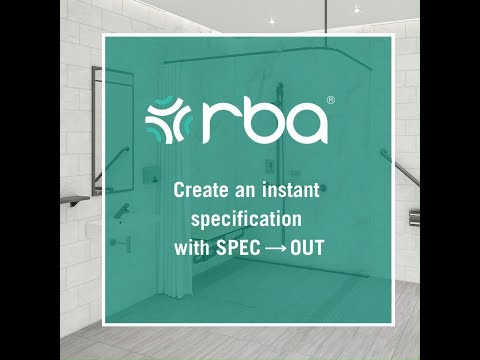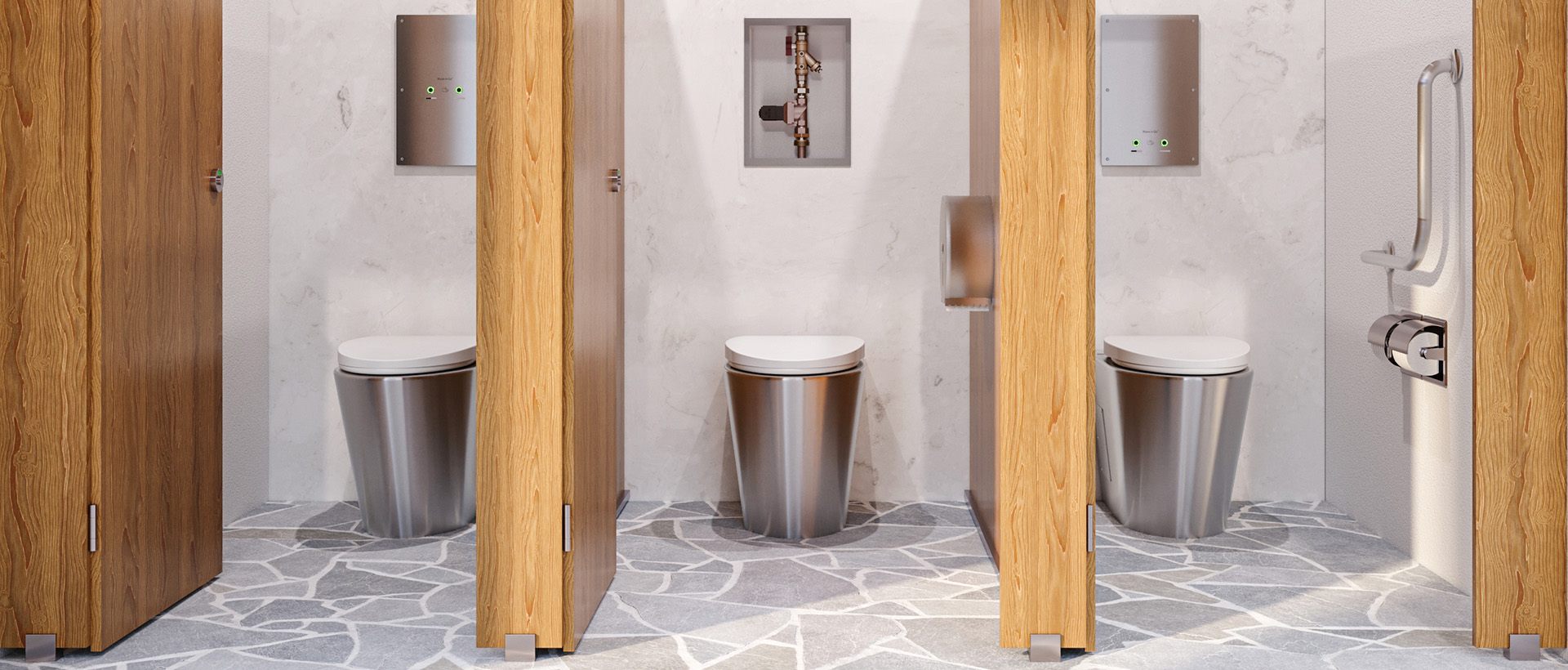There are plenty of reasons to choose a recessed flushing device when designing a commercial washroom: They’re resistant to vandalism, make cleaning easier, and contribute to a clean, minimalist aesthetic. But which device should you choose? An in-wall cistern or a flush valve? Read on below for a quick explainer…
WHAT ARE YOUR OPTIONS…
In-wall cisterns function in the same way as front-of-wall cisterns. Each cistern contains a high-capacity tank that slowly fills with water over time. When the flush button is depressed, a valve opens at the bottom of the tank, forcing the water at the bottom out using the weight of the water above it. This water is forced out into the bowl with enough pressure and velocity to flush the contents.
Flush valves, on the other hand, are simpler in operation. These directly connect the WC with the main water supply and use supply pressure to flush the toilet.
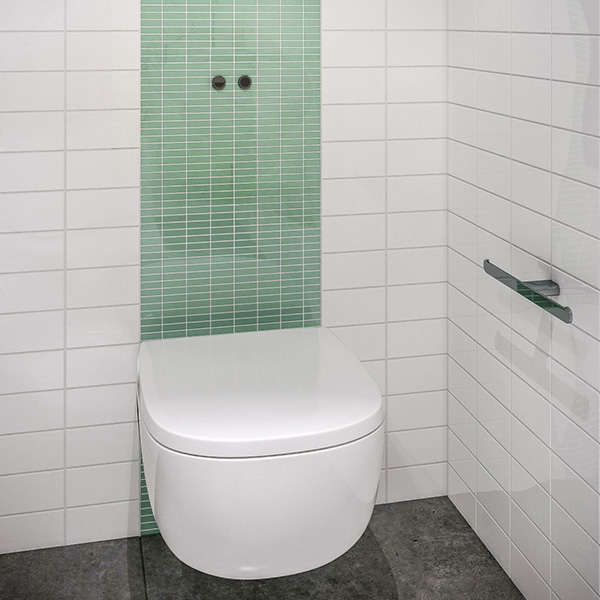
THE CASE FOR IN-WALL CISTERNS
One of the most significant benefits and a large reason for the in-wall cistern’s popularity in Australia is their lower cost compared to flush valves. While they can be more challenging to install, they are common enough that most plumbers have either personally installed one or have worked with them previously. They also don’t typically require power and can work under a wide variety of working pressures, making them useful for remote facilities or in places where power is unavailable.
Unfortunately, as the tank needs to be refilled after every flush, in-wall cisterns are limited in the number of full flushes they can make over any given period. This makes them unsuitable for high-traffic facilities as the slow refilling limits maximum user throughput. Facilities that use their lower working pressures can often see this issue exacerbated, with cisterns filling slower than expected.
As with all recessed flushing devices, access for maintenance and repairs can also be an issue, with most designers opting to tile over the unit once installed. While most in-wall cisterns will provide some level of front access via the button assembly for servicing, major fixes can require removing tiles – a costly headache that can leave a cubicle out of action for a significant period.
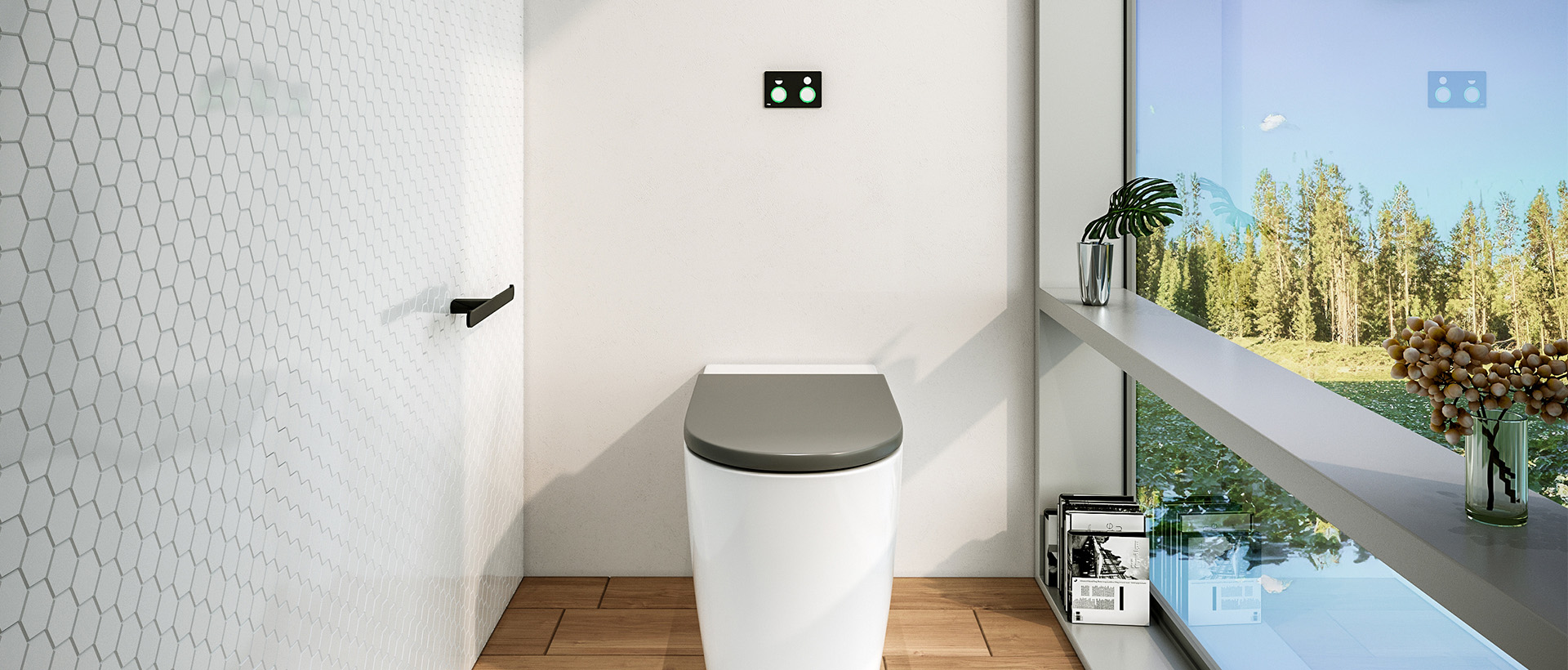
FLUSH VALVES – THE SOLUTION?
Fortunately, flush valves solve many of the issues that can arise with in-wall cisterns. By drawing directly from the mains supply line, they are much more capable of servicing large numbers of consecutive users as they are not limited by a tank. This makes them perfect in applications where significant simultaneous demand is expected. Major stadiums are a great example, where most attendees will wait until half-time or another break in play to sprint to the restroom. Large schools face similar challenges as washroom use is typically confined to break periods in-between classes. In both cases, a flush valve would allow a consistently high flow of users, limiting frustration and resulting in a more hygienic washroom.
That is not to say that flush valves are the silver bullet for every project. They can be more expensive than in-wall cisterns and while simpler to install, require larger diameter pipage to connect the pan to the mains line. Flush valves are also less flexible on supply pressure as they directly utilise this pressure to deliver the correct volume of water to flush the pan. This reliance on supply pressure may similarly make the flush noisier than from a similar capacity in-wall cistern.
While they also share the servicing accessibility issue mentioned above with in-wall cisterns, their smaller profile allows greater access to key components.
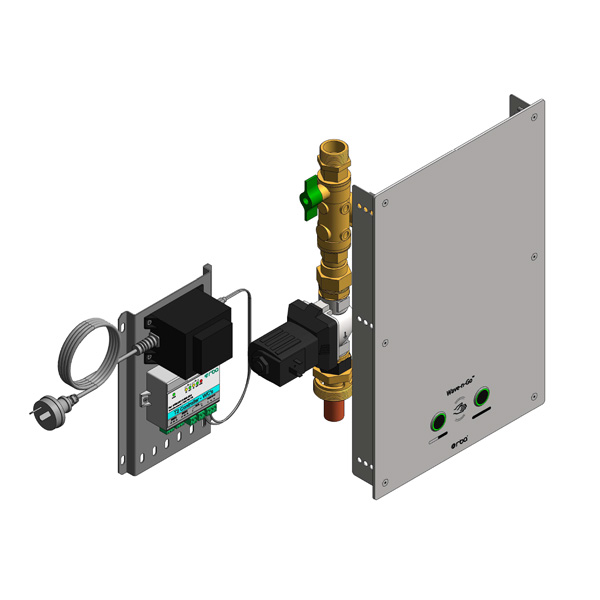
RBA’S NAUTILUS AND WAVE-N-GO™ FLUSH VALVES
Many of these challenges inherent to flush valves can be mitigated with clever product design. RBA’s range of Nautilus and Wave-n-Go™ flush valve series are electronic, allowing the precise control of flush volumes at a wider range of supply pressures. Consequently, they can also be reprogrammed to suit either older style 6/3L flush volumes or the newer, more efficient 4.5/3L flush volumes (like on our latest range of stainless WCs).
Unlike other valves on the market, each RBA flush valve is fitted with an innovative vacuum breaker that minimises the noise from flushing and limits the potential for water hammer, a key concern in large plumbing systems. We also supply each unit with a large access panel as standard to provide complete access for servicing and maintenance – no more broken tiles!
See the full range on our website by visiting rba.com.au/product-category/valves
Did we miss anything? Get in touch today at marketing@rba.com.au to tell us what you think!
